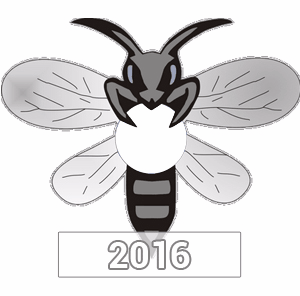Dark Bee (Apis mellifera mellifera L.)
Dark Bee (Apis mellifera mellifera L.) is widely distributed in the western, central, eastern and northern parts of Europe, latitude in decimal degrees 60º N.
Dark Bee can be distinguished from other subspecies by their stocky body, abundant thoracal and sparse abdominal hair which is brown, and overall dark coloration. They are large for honey bees though they have unusually short tongues (5.9-6.4 mm). Dark Bees were characterized by narrow florosapetsialization, bees prefer collecting pollen and nectar from the same plant. Bees collect nectar good with plentifully plants producing nectar, still as a Forest raspberry, Blooming sally, Field scabiosa, Small-leaved lime. This is the most winter hardiness resistant to the diseases: American Foulbrood Disease (Paenibacillus larvae), European Foulbrood Disease (Bac.alvei), Nozema apis, honeydew toxicosis. A queen is capable of laying up to 2,000-3,000 honey bee eggs within a single day. They are the high swarming (bee rebuilt with the old queens up to 10 queen cells) of European breeds. They are characterized by high wax productivity, prone to collect propolis.

















